One of the challenges associated with integrating UAVs into a process or workflow involves figuring out the logistics, and at the SPAR 3D Expo those details were explained and explored in the Advanced Technologies for 3D Pros session. With presentations from Marc Zinck, David Day, Paul Ramirez and Goksel Dedeolu, the session provided attendees with a great look at what it means to utilize a drone on a practical level, along with a preview of a powerful sense and avoid technology.
Marc Zinck from Autodesk kicked things off with a presentation that centered on the combination of UAV photogrammetry and terrestrial laser scanning by detailing a few use cases, workflows, challenges and outcomes. He is a principal engineer at Autodesk in the AutoCAD ReCap Group and Technical Lead for ReCap Fly, Autodesk’s unmanned aerial systems initiative, where he works on the collection, processing, analysis and visualization of captured data.The prominent point of his presentation was to demonstrate how much of a focus his company places on their ability to utilize scans in tandem with the photos captured by UAVs. He discussed how they’re able to take both sets of data and stitch everything together. He talked through the process they go about to see these results, and also discussed how and why they can determine the accuracy of this process, as well as what comes next for them and for the technology.David Day is an Executive Vice President at Keystone Aerial Surveys, and his presentation detailed how his company has been able to use drones to capture data cheaply and efficiently. He is an ASPRS certified photogrammetrist and is a GISP. He’s authored and co-authored several research papers on field camera calibration and is currently directing Keystone’s UAS division.David kicked off his session by discussing the recent changes to FAA policy, while also laying out for the audience what it meant to legally fly a drone. He explained why Part 107 has him especially excited, but focused his presentation on a test of two camera systems that allowed his company to determine how accurate the data captured by UAVs were while laying out the process and results of those tests.Afterwards, Paul Ramirez came on stage to present a new approach to survey using UAVs. Paul is the President & COO of Unmanned Ad-Hoc Industries, where his main objective is to plan and direct UAI’s corporate vision and strategy.Unlike many of the other people in the room and at the conference, Paul's background is not in the surveying industry. He was able to explain how and why advances in software and automation have made that a moot point, while also discussing how his company was involved in a pipeline survey that showcases how UAVs could deliver a valuable final product to clients, rather than an unintelligibly dump of data.Lastly, Goksel Dedeoglu, Lab Director at PercepTonic got on stage to discuss 3D-enabled autonomy for scalable drone operations. His company is dedicated to enabling fully automated 3D workflows, but his real focus was around an extremely powerful sense and avoid technology.His company has developed a sense and avoid technology that monitors a drone’s distance to nearby objects using stereovision. “GerbilBall” uses depth sensing to form a virtual safety sphere, which just might make it one of the more powerful sense and avoid technologies out there. Check out the video below to learn more.For other updates from the SPAR 3D Expo, check out SPAR3D.comSubscribe
The information you submit will be stored and used to communicate with you about your interest in Commercial UAV News. To understand more about how we use and store information, please refer to our privacy policy.
April 12, 2016
Advanced Technologies for 3D Pros with UAVs at SPAR 3D
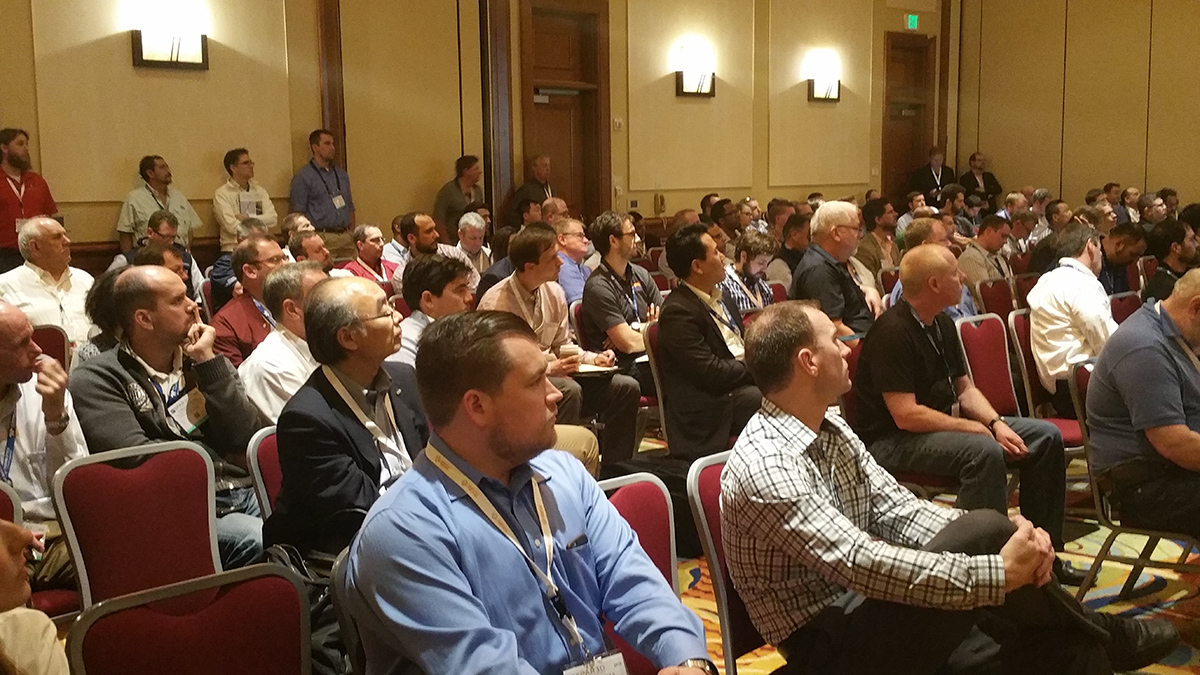







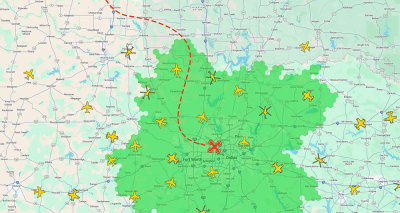
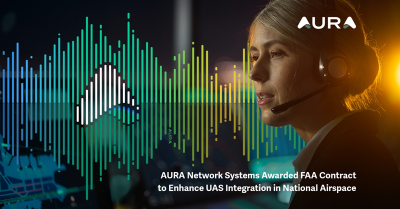
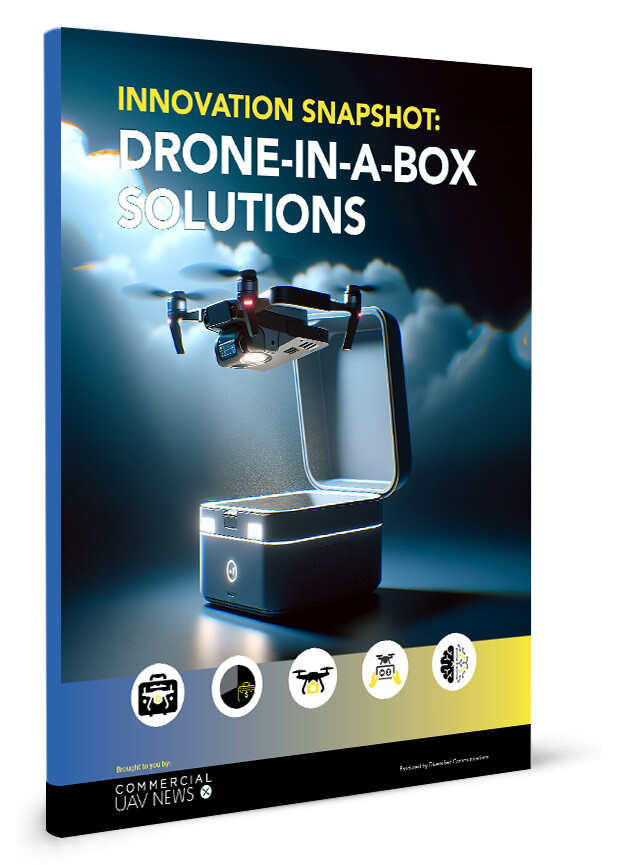


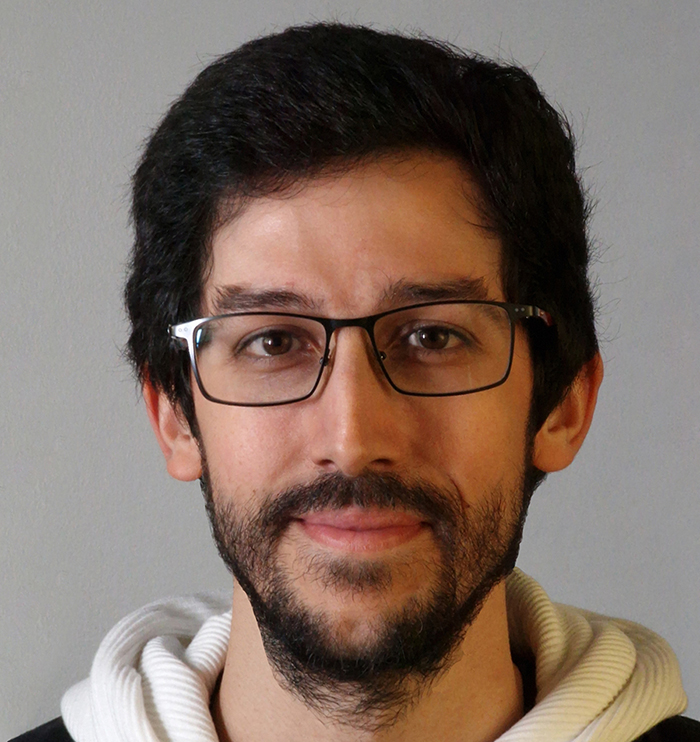





Comments